In the realm of alternative fashion, two distinctive subcultures stand out for their unique expressions: emo and goth. While both styles share a rebellious spirit and a penchant for self-expression, they are often misunderstood or even conflated. In this exploration, we’ll delve into the intricate details that set emo and goth fashion apart, shedding light on their characteristics, key elements, and some common misconceptions about them.
What Is Considered Emo Fashion?
The emo fashion subculture emerged in the mid-1980s and is closely tied to the emotional hardcore (emocore) music genre. Emo, short for “emotional,” is characterized by a deep connection to personal feelings and a sense of individuality. Emo fashion reflects the emotional and expressive nature of the subculture and has evolved over the years. Skinny patch jeans, graphic band tees, wristbands, and studded belts are emblematic of this subculture. The color palette tends to be vibrant, reflecting the expressive nature of the subculture. However, emo fashion is not just about clothing; it’s a visual representation of one’s emotions and a way to connect with like-minded individuals who share a similar sensitivity.

What Is Gothic Style Fashion?
Goth fashion, rooted in the gothic rock and post-punk music scenes of the late 1970s and early 1980s, is known for its dark and mysterious aesthetic. Goths often wear black clothing, incorporating elements such as corsets, lace, and platform boots. Accessories like big earrings and gothic rings are common, contributing to the goth subculture’s unique style. Beyond clothing, goth fashion is a reflection of a broader gothic lifestyle, encompassing literature, art, and an appreciation for the macabre. The subculture emphasizes individuality, self-expression, and a fascination with the darker aspects of life.

In essence, while both emo and goth fashion subcultures share a sense of individual expression and rebellion against mainstream norms, they diverge in their aesthetics, color palettes, and underlying cultural influences. Emo is famous for its vibrant and emotionally charged style, whereas goth embraces a darker and more mysterious elegance.
Key Differences Between Emo and Goth Fashion
While both emo and goth subcultures share an alternative and rebellious spirit, there are some differences in their fashion aesthetics. Understanding these distinctions helps appreciate the unique characteristics of each style. Here are some key differences between emo and goth fashion:
1. Color Palette:
- Emo fashion often incorporates a more vibrant and varied color palette. Bright colors, pastels, and graphic patterns may be prevalent.
FLAME PATTERN KNITTED PULLOVER SWEATER
- Gothic fashion is characterized by a predominantly dark color scheme, with black being the primary color. Deep shades of red, purple, or other dark hues are also common.
2. Clothing Style:
- Emo clothes tend to be more casual and some emo guys often choose skinny jeans, band t-shirts, hoodies, and sneakers. Besides, DIY elements and personalized accessories are common.
- Gothic clothing has a more formal and elegant aesthetic, often featuring flowing fabrics like velvet, lace, and silk. For example, many goth girls prefer sexy lace crop tops, gothic mini dresses, and more elaborate accessories contributing to a more sophisticated look.
GOTHIC DOUBLE-LAYERED POLYESTER PARTY DRESS
3. Accessories:
- Emo accessories may include wristbands, studded belts, and fingerless gloves. Personalized or symbolic jewelry is also common.
- Gothic accessories often involve more intricate pieces, such as chokers, cameos, and silver jewelry with occult or religious symbols. The emphasis is on adding a touch of sophistication to the overall look.
4. Makeup:
- Emo makeup tends to be more understated, with a focus on expressive eyes through eyeliner. How, some emo gothes often dye their hair in bright or unconventional colors.
- Gothic makeup is often more dramatic, with dark and bold choices. Generally, dark lipstick, heavy eyeliner, and a pale complexion are common features.

5. Symbolism:
- Emo fashion may incorporate symbols related to personal emotions or favorite bands. DIY customization allows for more individualistic expression.
- Gothic fashion often incorporates symbols with deeper meaning, such as crosses, ankhs, or occult motifs. There is a sense of embracing mystery and symbolism in the aesthetic.
GOTHIC SWORD STERLING SILVER STUD EARRING
While these differences provide a general overview, it’s important to note that individual styles within both subcultures can vary widely, and personal expression plays a significant role in both emo and goth fashion. Furthermore, it’s worth noting that both subcultures share a preference for expressing individuality, and there may be individuals who blend elements of both styles. Additionally, both subcultures have a connection to music, with emo being associated with emotional and punk rock genres, and goth being linked to gothic rock and related genres.
Addressing Common Misconceptions about Emo and Goth Fashion
Emo and goth fashion, both intricate and diverse in their expressions, often face misconceptions that blur the lines between the two subcultures. Clarifying these misunderstandings is crucial for fostering a more accurate understanding. Let’s debunk some common misconceptions surrounding emo and goth fashion.
1. Emo and Goth Are the Same
While both subcultures share a rebellious spirit, they have distinct characteristics. Emo fashion tends to feature vibrant colors, casual wear, and DIY elements, emphasizing emotional expression. On the other hand, goth fashion embraces a darker aesthetic with a formal and elegant touch, drawing inspiration from Victorian and medieval styles.
2. Emo Fashion is Always Dark and Depressing
Emo fashion is not strictly dark or gloomy. It incorporates a broad spectrum of colors and encourages personal expression. Emo style revolves around emotional depth rather than exclusively dark aesthetics, allowing for a more varied and individualistic approach.
3. All Goths Wear Heavy Makeup and Dress Dramatically
While dramatic makeup is a part of some gothic looks, not all goths adhere to this style. Gothic fashion is diverse, ranging from casual to more elaborate styles. Some individuals may opt for a minimalistic approach, emphasizing the overall aesthetic rather than dramatic makeup.
4. Emo and Goth Fashion is Outdated
Emo and goth fashion have evolved over the years and continue to influence contemporary styles. Elements of these subcultures persist in mainstream fashion, showcasing their enduring and adaptable nature rather than being confined to a specific time period.
5. Emo and Goth Fashion Reflects Mental Health Issues
Associating these styles solely with mental health issues oversimplifies the rich tapestry of individual expression within these subcultures. While emotional themes are present, emo and goth fashion primarily serve as outlets for self-expression and creativity, not indicators of mental health.
In debunking these misconceptions, it becomes evident that emo and goth fashion are dynamic, nuanced, and open to interpretation. Furthermore, embracing the diversity within these subcultures is essential for a more accurate appreciation of the rich and multifaceted world of alternative fashion.
Final Thoughts
As we navigate the intriguing realms of emo and goth fashion, it becomes clear that these subcultures offer much more than meets the eye. In the ever-changing landscape of fashion, emo and goth styles persist not as relics of the past but as dynamic forces, influencing and adapting to contemporary tastes. Recognizing and respecting the distinctions between these two styles not only enhances our fashion knowledge but also underscores the importance of embracing diversity within subcultures. So, whether you find solace in the vibrant hues of emo or the shadowy elegance of goth, remember that fashion is a canvas for self-expression, and your unique brushstroke is what makes it truly remarkable.
Daisy
Daisy Wang is a talented and passionate writer known for her captivating storytelling and love for literature. With a diverse background and a bachelor's degree in English Literature, Daisy brings a unique perspective to her work. Her areas of expertise span various subjects, including history, fashion, and lifestyle. Through her words, Daisy aims to inspire curiosity, foster meaningful connections, and leave a lasting impact on readers.
2 Comments
Leave a Reply Cancel reply
Recent Posts
How to Style Flared Jeans for Any Vibe
12/18/2025Your Goth Christmas Style Guide
11/25/2025Categories
Related Articles
Acubi Fashion: The Ultimate Guide to the Minimalist Edgy Look
In the fast-moving world of digital trends, fashion cycles seem to refresh...
ByAlicia12/25/2025How to Style Flared Jeans for Any Vibe
If there is one denim silhouette that has truly stood the test...
ByAlicia12/18/2025Your Goth Christmas Style Guide
The holiday season is often painted in bright reds, greens, and sparkling...
ByAlicia11/25/2025Moss & Misdemeanor: Fairy Grunge Style and Outfits
The fashion world constantly mixes ideas to create new, unique looks. The...
ByAlicia11/18/2025







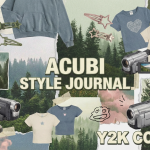
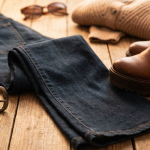

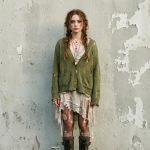
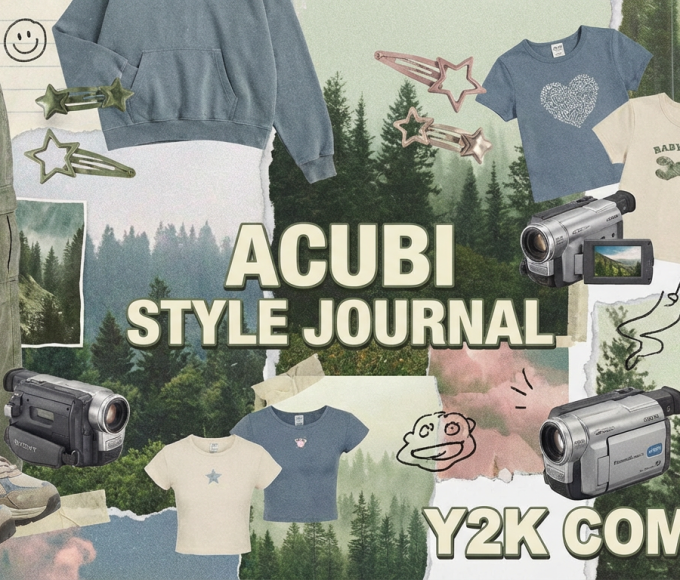
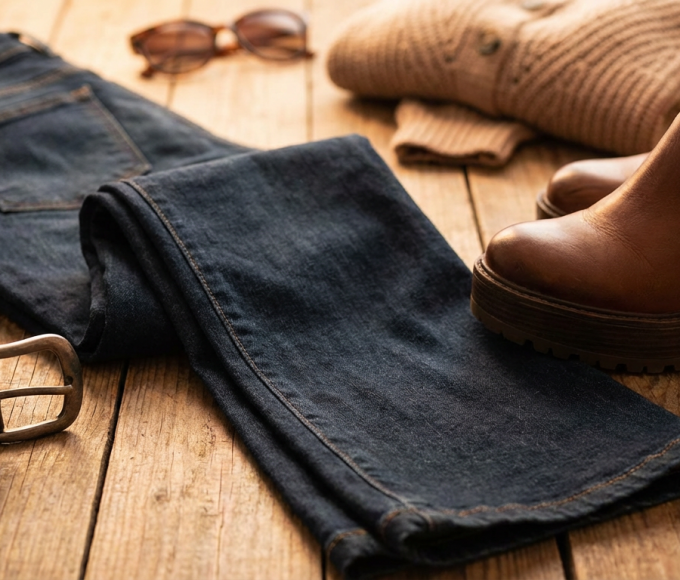


Fantastic site Lots of helpful information here I am sending it to some friends ans additionally sharing in delicious And of course thanks for your effort
Thank you so much for your kind words and for sharing our site with your friends! We’re thrilled to hear that you find the information here helpful. Your support means a lot to us.